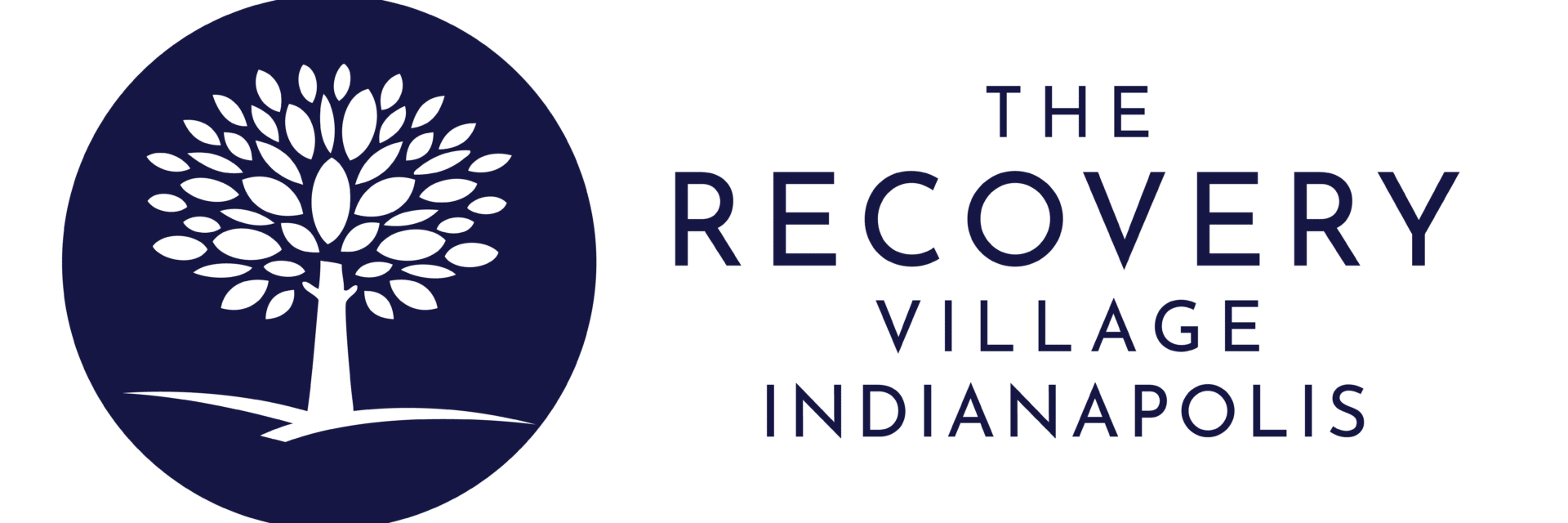Key Takeaways
- Rapid detox is a medical procedure designed to quickly cleanse the body of opioids, minimizing withdrawal symptoms, but does not address mental health conditions.
- The procedure carries significant health risks, including life-threatening side effects and is often not covered by insurance.
- Rapid detox has a controversial history and is met with skepticism within the medical community due to safety and efficacy concerns.
- Preparation for rapid detox involves a pre-treatment evaluation, a healthy diet and abstinence from alcohol and drugs.
- Post-detox care is crucial for recovery, involving structured treatment plans to prevent relapse.
- While rapid detox can reduce the duration of withdrawal symptoms, it may not improve long-term treatment outcomes compared to traditional methods.
- There are ethical concerns regarding informed consent and the potential exploitation of vulnerable individuals seeking rapid detox.
- Conventional detox methods are generally considered safer, with a more gradual approach to withdrawal.
What is Rapid Detox?
Rapid detox is a medical procedure designed to expedite the detoxification process from opioids. Performed under medical supervision, this method aims to quickly cleanse the body of opioids while minimizing withdrawal symptoms. It is often conducted under anesthesia, where opioid antagonists are administered to rapidly eliminate the drugs from the system.
Despite its potential for quicker relief, rapid detox is surrounded by controversy due to associated risks and a lack of conclusive evidence supporting its efficacy over traditional methods. It is primarily targeted at individuals with opioid dependence seeking a swift transition to sobriety.
However, it is essential to note that rapid detox does not address co-occurring mental health conditions and is not a comprehensive treatment solution. Moreover, it carries significant health risks, including the possibility of life-threatening side effects and is often not covered by insurance due to these concerns.
The Evolution of Rapid Detox
The history of rapid detoxification traces back to the American Civil War era when morphine, used to alleviate soldiers’ pain, inadvertently led to widespread addiction known as the ‘soldier’s disease.’ Over time, the medical community has grappled with opiate addiction, leading to the development of various detoxification methods, including rapid detox.
This Season, Give Yourself the Gift of a Fresh Start.
Whether you are struggling with addiction, mental health or both, our expert team is here to guide you every step of the way. Don’t wait— reach out today to take the first step toward taking control of your life.
Despite its origins, rapid detox has been met with skepticism and concern within the medical community. Studies have indicated that while rapid detox can lead to the remission of acute withdrawal symptoms, it may not be more effective than traditional withdrawal treatments in preventing relapse. Moreover, the procedure is associated with severe adverse effects, which has led to questions about its safety and efficacy.
Pioneers Behind Rapid Detox Development
The evolution of rapid detoxification is attributed to several key figures and organizations. One such organization is the National Institute on Drug Abuse (NIDA), which has funded treatment development and research aiming to reduce overdose deaths and improve recovery outcomes. Additionally, the Center for Health Care Strategies (CHCS) has been instrumental in promoting medication-assisted treatment (MAT) for opioid use disorder (OUD), contributing to policy changes that enhance access to evidence-based treatment.
Medical professionals and researchers have also played a critical role in developing rapid detox protocols. Studies and reviews, such as those in peer-reviewed journals like the National Center for Biotechnology Information, have provided insights into the procedure’s effectiveness and safety, shaping how rapid detox is administered today.
How the Rapid Detox Procedure Works
Rapid detox is a medical procedure aimed at quickly eliminating opioids from the body while minimizing withdrawal symptoms. The process typically involves three main stages: preparation, the detox procedure itself and post-detox care. Patients undergo a thorough pre-treatment evaluation during preparation to tailor the detox plan to their specific health needs. This is crucial for enhancing safety and effectiveness.
During the detox procedure, patients are placed under general anesthesia and opioid antagonists are administered to block the effects of opioids. This step is conducted in a hospital setting to ensure access to advanced medical resources and a controlled environment. The duration of the procedure can vary but often lasts between four to six hours.
After the procedure, post-rapid detox care is essential for recovery. It involves structured treatment plans to address triggers, emotional challenges and mental health issues. Without ongoing commitment, therapy and support, there is a risk of relapse soon after the procedure.
It’s important to note that while rapid detox can cleanse the body of drugs, it does not guarantee long-term sobriety. The procedure is a viable option for individuals with certain health profiles and addiction histories, but it is not suitable for everyone. Alternatives should be considered for those who may not be ideal candidates for rapid detox.
Essential Preparations for Undergoing Rapid Detox
Preparation for rapid detox is a critical step that requires careful attention to both physical and psychological readiness. Before the procedure, patients are advised to maintain a healthy diet rich in fruits, vegetables and whole grains while avoiding processed foods, excessive sugar and unhealthy fats. Abstaining from alcohol and drugs is imperative in the lead-up to rapid detox to minimize potential complications and maximize the effectiveness of the treatment.
A comprehensive pre-treatment evaluation is also essential. This evaluation ensures that the detox plan is tailored to the individual’s health needs, enhancing safety and effectiveness. The procedure should be conducted in a well-equipped, accredited hospital to ensure access to advanced medical resources and a controlled environment. Patients should be aware of the financial aspects, as ultra-rapid detox can be costly and is often not covered by traditional health insurance plans due to its experimental nature.
Aftercare Following Rapid Detox
Aftercare following rapid detox is crucial due to the intense nature of the procedure and its potential side effects. The American Society of Anesthesiologists emphasizes the importance of addressing the physical, mental and emotional challenges that patients may face post-detox. The body’s adjustment to the absence of opioids can be difficult, necessitating a comprehensive aftercare plan.
Recovery from rapid detox requires a structured environment, often with the presence of healthcare professionals, to manage any physiological and emotional shifts. This care is vital for mitigating the risks of complications and preventing relapse.
Given the higher risk of relapse and potential for overdose post-rapid detox, aftercare programs should focus on relapse prevention strategies and support for enduring withdrawal symptoms that were bypassed during the rapid detox.
The Potential Benefits of Rapid Detox
The potential benefits of rapid detox include a faster transition from dependency to sobriety, which could enhance the likelihood of successful withdrawal and recovery. This method is particularly considered for individuals facing severe symptoms of OUD who are seeking an expedited path to sobriety.
One of the main advantages of rapid detox is the reduced duration of the withdrawal process. This could potentially minimize the painful and distressing withdrawal symptoms that many individuals experience during detox. Additionally, by shortening the withdrawal timeline, rapid detox may help individuals avoid prolonged exposure to a high-risk environment where relapse is possible.
The Risks and Ethical Controversies of Rapid Detox
Rapid detoxification is fraught with significant risks and has sparked numerous controversies. The primary medical concerns involve potential complications from anesthesia, including heart problems and severe reactions. Another layer of controversy stems from ethical considerations. Rapid detox does not typically include treatment for co-occurring mental health conditions, which are crucial for holistic recovery.
Additionally, the high cost and lack of insurance coverage for rapid detox raise concerns about accessibility and potential exploitation of those seeking quick solutions to their addiction problems. Despite the promise of expedited relief from withdrawal symptoms, the potential for life-threatening side effects and the absence of comprehensive treatment options post-detox have led many experts to caution against the use of rapid detox.
Medical Risks
Rapid detoxification is not without significant medical risks. The potential medical complications include cardiovascular issues such as heart attacks and cardiomegaly, an enlarged heart condition. Patients with pre-existing health conditions, especially those related to heart or respiratory systems, are at a higher risk of experiencing these severe complications.
Some studies have even reported life-threatening side effects, prompting warnings against the use of rapid detox methods. The American Society of Addiction Medicine (ASAM) advises against quick opioid detox due to the disproportionate risks compared to potential benefits.
Ethical Concerns
One major ethical concern is informed consent. Given the rapid nature of the treatment, patients may not fully understand the potential risks involved. The urgency and distress associated with withdrawal may impair decision-making, questioning the validity of consent.
Another concern is the potential for exploitation. Rapid detox programs, often expensive, may take advantage of individuals in a vulnerable state seeking immediate relief. The ethical dimensions of rapid detox extend to issues of distributive justice, as access to this treatment is not equally available to all, potentially widening the gap in healthcare inequalities.
Rapid Detox vs Traditional Detox
Rapid detox and traditional detox are two methods used to help individuals withdraw from substances. Traditional detox takes a more gradual approach, potentially spanning days or weeks and may or may not involve medication assistance.
- Advantages of Rapid Detox: The main benefit is speed, as it condenses withdrawal into a shorter time frame. This can be appealing to those wanting to quickly move into further addiction treatment programs. It also offers medical supervision and avoids withdrawal symptoms due to the patient being under anesthesia.
- Disadvantages of Rapid Detox: There are significant risks associated with rapid detox, including complications from anesthesia, such as bacterial infections and lung damage. It may also lead to decreased blood pressure and other adverse effects. Moreover, without proper follow-up treatment, there’s an increased risk of relapse.
- Advantages of Traditional Detox: This method provides a structured approach with clear guidelines, which can be easier for individuals to follow. It also allows for a more gradual adjustment to the absence of substances.
- Disadvantages of Traditional Detox: The effects may be short-term and the longer duration of withdrawal symptoms can be difficult for some individuals to endure.
Prospects and Challenges for Rapid Detox
The future of rapid detox is poised at the intersection of innovation and scrutiny. As the medical community continues to explore more efficient ways to treat substance use disorders (SUDs), rapid detox represents a method that could evolve significantly.
The integration of advanced medical technologies and holistic practices may enhance the efficacy of rapid detox, potentially making it a more attractive option for those seeking quick withdrawal management. However, challenges such as ensuring safety, managing potential medical risks and addressing ethical concerns remain paramount.
Advancements in biotechnology and precision medicine are expected to influence the future of rapid detox. Synthetic biology and data-driven discoveries may lead to the development of more refined and personalized detox protocols.
In the context of drug delivery systems, rapid detox must navigate the complexities of biocompatibility and immune system responses. Innovations in nanotechnology and AI integration in healthcare promise to refine detox methods, potentially improving outcomes and patient experiences.
Want To Know If Rapid Detox Is Right For You? We’re Here To Help
For those seeking addiction or mental health treatment, The Recovery Village Indianapolis Drug and Alcohol Rehab stands as a beacon of hope. Located within the heart of Indy, we offer an array of treatment options, including medical detox and inpatient rehab for substance abuse and a residential rehab program for mental health disorders.
When you or a loved one are ready to embark on the path to recovery, our Recovery Advocates are here, ready to assist. Reach out to learn more about our tailored treatment programs, designed to cater to your specific needs and situation.


